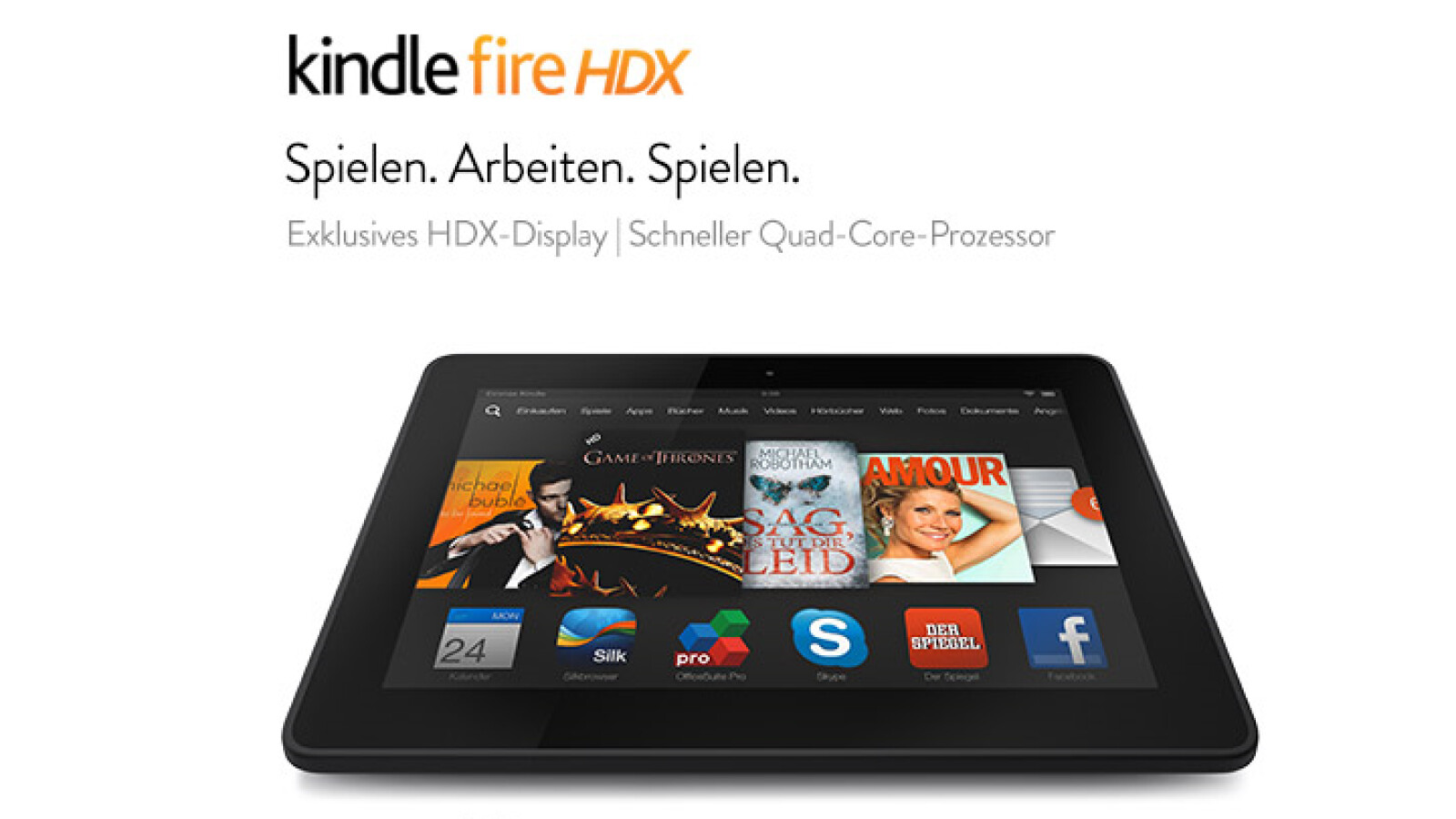

remains a great option if you're willing to deal with ads. In our tests, we crank the backlight and disable all wireless and additional apps, so deviating from this mode of operation will give. The first generation 7 model contains a Texas Instruments OMAP 4460 processor, while the 8.9. Battery LifeĪfter running the gantlet of our rather unforgiving battery tests, we’ve come to the conclusion that you can reasonably expect the Amazon Kindle Fire HD to last 5 hours, 52 minutes reading an eBook, and 6 hours, 22 minutes playing a video file. The Fire tablets feature multi-touch touchscreen LCD screens. You may not notice this unless you demand absolute perfection from your screens as a cinephile, but it’s something to make a mental note of. Not only does it undersaturate reds and greens, but it also shifts the deepest blue values towards a more cyan color. 709 standard, the Amazon Kindle Fire HD’s color gamut leaves much to be desired. Right now you’re probably thinking: “whatever, nerd who cares?” Well, if you’re a fan of horror flicks, you’ll probably be unable to see the monsters lurking in the shadows of your movies, and this may get annoying after a while. With cellular, a 32GB model costs 499 and a 64GB unit costs 599. Without cellular, the 16GB model costs 299 and the 32GB model costs 369. While it does net a good contrast ratio by having not only a good black level of 0.44cd/m 2, but a decently high peak brightness of 343.2cd/m 2, its gamma (how well it transitions from each value along a greyscale) is very poor and inconsistent. The Kindle Fire HD 8.9 is available in several models. Blacks and Whitesĭespite the acclaim given to the Amazon Kindle Fire HD’s screen, the contrast performance is not very inspiring.

If you’re going to be holding the tablet at a natural position, you’re not going to notice individual pixels if your vision is anything less than perfect. Given that the Amazon Kindle Fire HD has a 7.625 × 4.75 inch screen with a resolution of 1920 × 1200, we can do the math out to figure that the Kindle Fire HD has a pixel density of 252 pixels per inch (PPI), which is very close to the density often termed “retina” by other tablet manufacturers. As it only reflects 9% of all light shone on the screen back at the user, we’ve seen far worse tablets in this regard, and you’ll be able to use it in brighter lighting conditions no sweat. Where the Amazon Kindle Fire HD’s screen does shine is in terms of reflectivity, though the idiom is a bit ironic as the screen does not shine much in bright light. You may see some resolution issues if you have telescopic eyesight or press your eyeballs directly on the screen, but on the whole the picture is quite well-rendered. With a very high pixel density, all text and images (assuming they’re properly sized) will appear very sharp and crisp. NOTE: The images above are shot with a variety of lighting sources, which may cause some color shift.


 0 kommentar(er)
0 kommentar(er)
